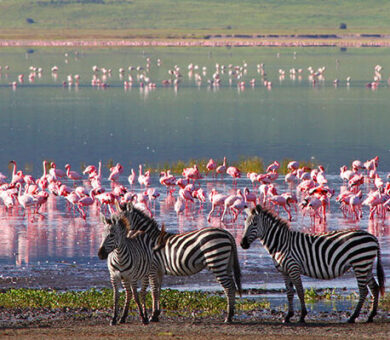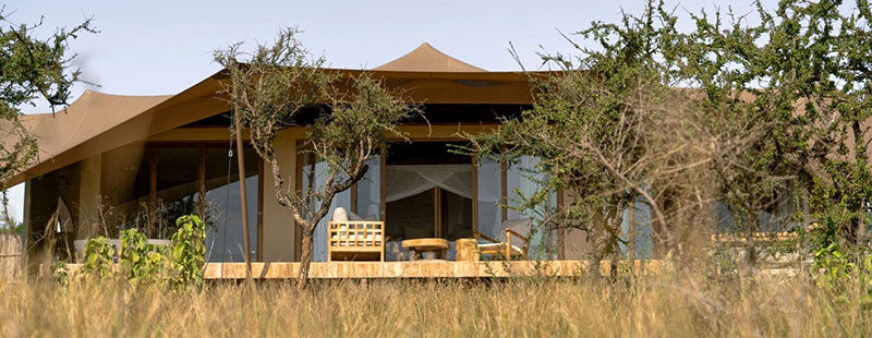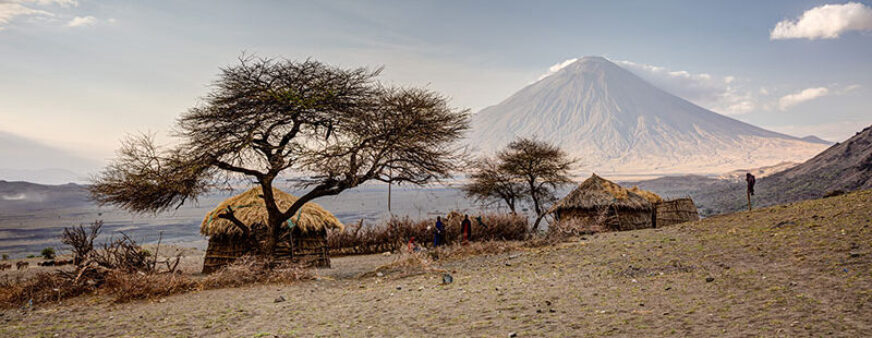When designing and pricing African tourism packages, there is much more to consider than just air fares and accommodation rates. Understanding the different fees, taxes and levies is essential for providing accurate pricing and transparency for your clientele, and for supporting the region.
These fees and levies help to fund conservation efforts, support community development, and facilitate infrastructure improvements, ensuring that tourism remains sustainable and beneficial for all parties.
This guide will break down some of the most common tourism levies and taxes you’ll see in Africa, so you can design and price your packages appropriately.

Before we get started, it’s important to note that not every tax, fee or levy applies to every country or region in Africa. They can differ from place to place, so it’s important to ensure you have an accurate understanding of the different fees in place throughout all the areas you offer travel packages to.

What is it?
Park fees are fees charged for entry into national parks and wildlife reserves.
What is its purpose?
These fees contribute to wildlife conservation, anti-poaching efforts and overall park maintenance.
What to be aware of
Park fees can vary from park to park and country to country, as well as by residency status. International and local visitors may be charged different rates, and some parks also include different fees for vehicles, driver guides, tour leaders and camping.

What is it?
A bed levy is a nightly, per-person charge added to local accommodation fees.
What is its purpose?
These fees help fund tourism in a range of ways, from rental of the land space the lodge/camp resides on, marketing and infrastructure to regulatory bodies.
What to be aware of
Again, these levies can vary from region to region – some may charge a fixed nightly fee, and others may apply as a percentage of the overall accommodation cost. As such, it’s always a good idea to clarify with accommodation providers whether this levy is included in the standard room rate, or if it’s an additional charge.

What is it?
Concession fees are paid by camps, lodges and tour operators in order to operate within a national park or reserve.
What is its purpose?
These fees help to fund conservation efforts and provide operators with permission to operate their accommodation units within the parks and wildlife areas.
What to be aware of
Private conservancies may come with higher fees dependent on the level of exclusivity they offer, which can impact the overall rate clients will pay.

What is it?
These fees are applied to areas which focus on community-led wildlife conservation.
What is its purpose?
They help to directly benefit local communities which are involved in the management of these areas, ensuring conservation efforts are maintained and local communities are supported financially. These collections also go towards human wildlife conflict management, educational training and opportunity for employment.
What to be aware of
These fees should be a key facet of any travel provider promoting responsible tourism, as they benefit both the wildlife and local communities together.

What is its purpose?
These fees exist to support a range of community projects such as schools, infrastructure and healthcare.
What to be aware of
Some camps and lodges may automatically include these fees in their rates, while others may require it as a separate charge.
What is it?
These taxes are imposed by the government and cover a range of tourism services including accommodation, air travel and tour packages.
What is its purpose?
Tourism development and infrastructure taxes help to fund large-scale infrastructure projects which benefit tourism, including roadways, airports and other public services.
What to be aware of
These vary depending on the activity and location. Typically, these are included in the pricing provided as they are mandatory similar to the other fees. However, in some cases, such as Zanzibar (including Pemba Island), they can only be paid by the travellers directly at the resort.

What is it?
Marine Park levies are fees charged specifically for marine parks, coral reefs and protected coastal areas
What is its purpose?
These fees directly support marine conservation, from reef protection efforts to sustainable tourism regulations.
What to be aware of
These fees are more common in coastal destinations such as Mombasa, Zanzibar, Pemba, Mafia and other marine protected areas across Kenya and Tanzania. If you are offering boat trips, snorkelling or diving experiences, these are important to be aware of. In some cases, these fees are payable directly by the traveller at the resort.

What is it?
These are fees for controlled activities such a viewing of gorillas, chimpanzees and other primates in Rwanda and Uganda.
What is its purpose?
These fees are used to protect these important primates and control the number of people visiting the habitats at any one time.
What to be aware of
Due to the limited number of these permits, they are highly sought after and should be purchased as soon in advance as possible. Passport copies are required to purchase these permits, and they are generally non-refundable and non-transferable once purchased.
Typically, these fees are collected in advance at the time of booking. However, a few places ask for this to be paid locally by clients directly. All proposals will clarify if included or payable by clients on arrival.
The vast majority of these fees are all payable via very specific park authorities which destination management companies have accounts with. They are payable in advance and are very rarely payable at park or conservancy gates on arrival. Where this is the case, all confirmations clearly state this so you can share the information transparently with your clients.
In many cases, these fees require travellers’ names and entry dates in advance and are non-refundable and non-transferable once purchased. In some cases, passport numbers or passport copies are also required.
Whilst there can be a lot of them to consider, navigating tourism taxes and levies in Africa is essential for travel providers who want to set accurate prices, contribute to sustainable tourism and ensure compliance with local regulations.
Whether it’s park fees, community levies or WMA fees, each contribution plays a big role in ensuring Africa’s majestic landscapes and wildlife are preserved for the communities who live there and travellers who wish to visit.
If you’d like more information about the fees and taxes for East African tourism, get in touch with us to find out more.
